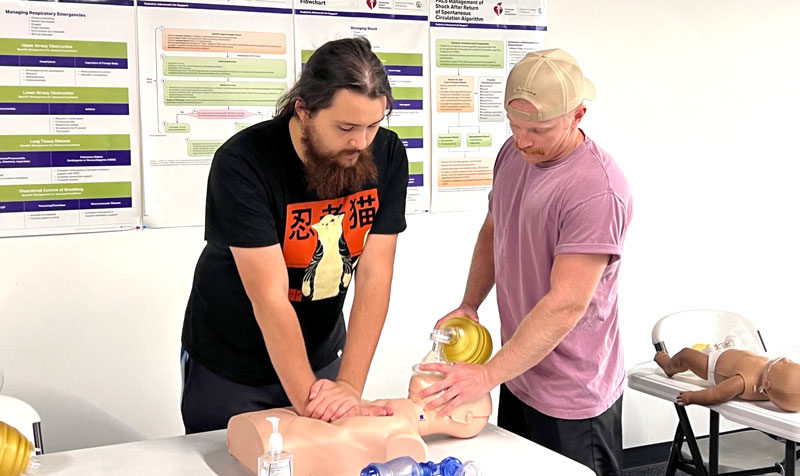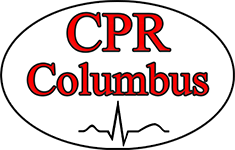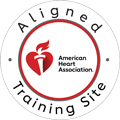Introduction
Defibrillation is a crucial medical intervention involving delivering electrical shocks to the heart to restore its normal rhythm. This life-saving technique plays an integral role in emergency cardiac care, especially in cases of sudden cardiac arrest (SCA).
In this article, we will delve into the importance of early defibrillation and how it can significantly improve survival rates during cardiac emergencies.

1. Understanding Defibrillation
Defibrillation can be defined as the process of delivering a controlled electric shock to the heart to reset its electrical activity and restore an effective heartbeat.
It is particularly vital in treating sudden cardiac arrest, a condition in which the heart unexpectedly stops beating.
This cessation of heart function leads to a lack of blood flow to vital organs, which can result in irreversible damage within minutes.
Call Us Now
Get the Best CPR Class in Columbus Today!
Various types of defibrillators are used in medical settings, including automated external defibrillators (AEDs) that are commonly available for public use, and more advanced defibrillators used by healthcare professionals in hospitals.
2. Sudden Cardiac Arrest (SCA) and the Survival Chain
Sudden cardiac arrest occurs when the heart abruptly stops pumping blood, which can happen to anyone at any time, regardless of age or health status. In the United States, SCA claims approximately 350,000 lives each year, making it a leading cause of death.
Understanding the “Chain of Survival” is crucial in the context of SCA. This chain outlines the steps for effective response and recovery, with early defibrillation being a key link.
The steps include immediate recognition of the emergency, activation of emergency medical services (EMS), early CPR, early defibrillation, advanced medical care, and post-cardiac arrest care. Each link in the chain is essential, but without early defibrillation, the chances of survival diminish rapidly.
3. Why Early Defibrillation Is Critical
The critical nature of early defibrillation cannot be overstated. When a person’s heart stops beating, defibrillation can restore its rhythm and improve the chances of survival. Time is of the essence; for every minute that passes without defibrillation, a person’s chance of survival decreases by 7-10%.
Studies show that the highest likelihood of survival occurs when defibrillation is administered within the first 3-5 minutes of a cardiac event.
This highlights the need for accessible defibrillators, particularly automated external defibrillators, in public places where emergencies can occur unexpectedly. The difference between early and delayed defibrillation can mean the difference between life and death.
4. Early Defibrillation in Healthcare vs. Public Settings
Defibrillation techniques and access can vary significantly between healthcare settings and public locations. In hospitals, trained professionals utilize advanced defibrillation equipment and are equipped with comprehensive knowledge to handle complex cardiac emergencies.
In contrast, public settings such as schools, gyms, and airports often rely on bystanders to use AEDs. Fortunately, modern AED technology has simplified the defibrillation process, enabling non-medical personnel to provide immediate assistance.
These devices are designed with user-friendly features, including voice prompts and visual aids, to guide users through the process. However, public awareness about the importance of early defibrillation and accessibility to these devices remains crucial.
5. CPR Columbus and Defibrillation Training
CPR Columbus plays a vital role in training both healthcare providers and the general public in CPR and defibrillation techniques. The organization offers hands-on, stress-free training that equips individuals with the skills necessary to respond effectively during cardiac emergencies.
Our CPR courses, including Basic Life Support (BLS) and Advanced Cardiovascular Life Support (ACLS), integrate early defibrillation training, ensuring that participants understand the significance of timely intervention.
By providing comprehensive training, CPR Columbus empowers individuals to act decisively in emergencies, potentially saving lives.
Conclusion
Early defibrillation is a critical component in saving lives during cardiac emergencies. The swift response that includes recognition of SCA, activation of emergency services, and immediate defibrillation significantly enhances survival rates. Training plays an essential role in preparing both healthcare providers and the public to respond effectively.
CPR Columbus stands out as a trusted provider of life-saving certifications and renewal training, encouraging individuals to take the necessary steps to become equipped with the skills that can make a profound difference in emergencies.
By understanding the importance of early defibrillation and seeking proper training, we can all contribute to a safer community.


